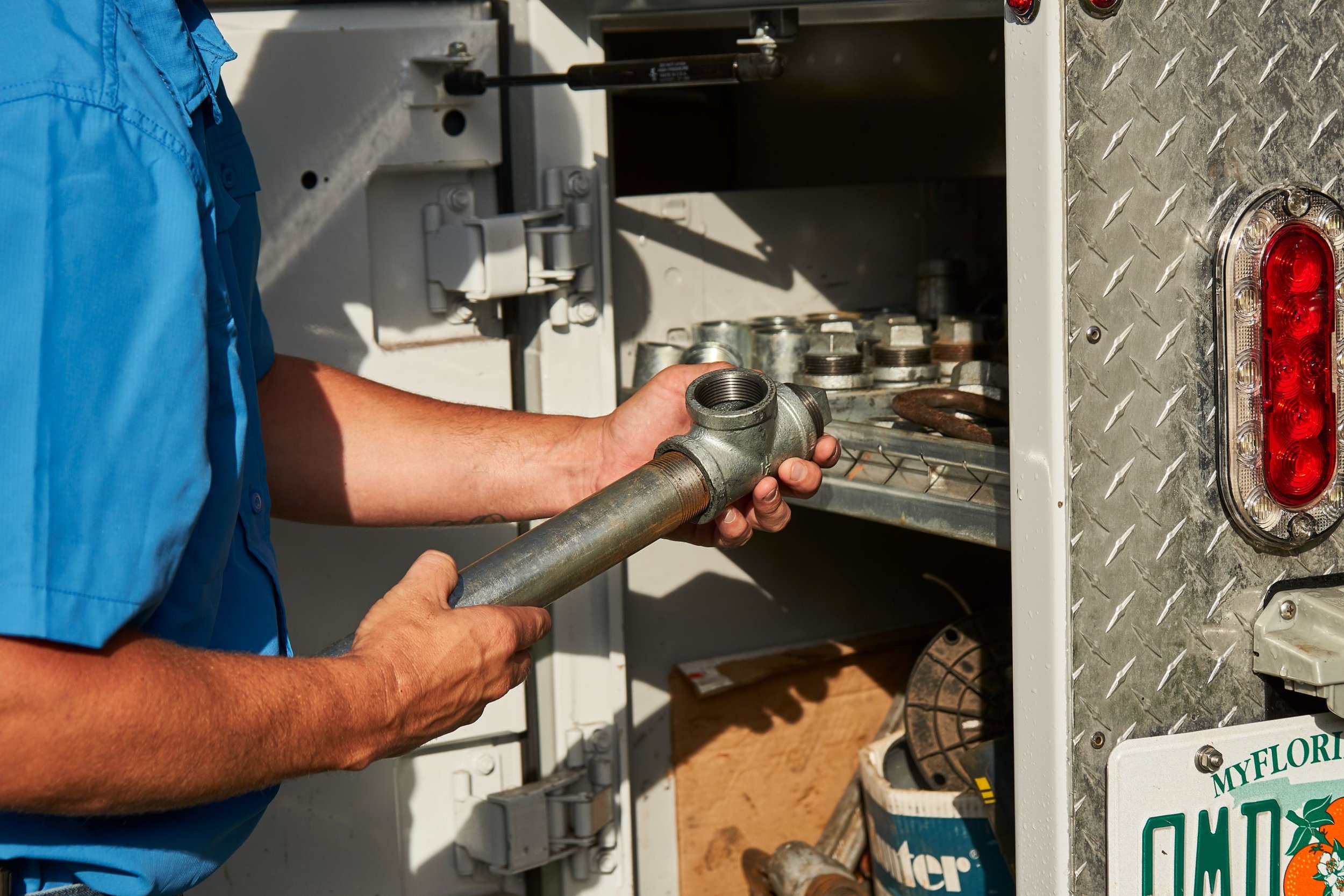Understanding Common Parts of a Centrifugal Pump
A centrifugal pump is a common appliance found in many homes.
A centrifugal pump is a common appliance found in many homes. It's often used for supplying water to a house and for irrigation, pools, and other applications.
This article looks at some of the most common parts of a centrifugal pump and how they work together to ensure the water supply stays up and running smoothly.
The basics of the centrifugal pump
The centrifugal pump is an intricate machinery with many components necessary for proper functioning. One can further break down these components into two main parts: the wet end and the mechanical end.
The wet end comprises several components responsible for the pump's hydraulic performance, including the impeller and the pump casing. The impeller is typically a rotating blade that pushes water through the casing. In some cases, the first radial bearing in the wet end can be water lubricated, allowing for smooth rotation during operation.
On the opposite side of the wet end lies the mechanical end. This part lends physical support to help the pump maintain its structure and enable it to function correctly. The mechanical end includes components such as the shaft, sealing mechanisms, bearings, and shaft sleeve, all working together to keep everything in order while ensuring no leaks occur between different parts.
Let's see how each part in the mechanical end works:
Impeller
The impeller is the most vital component of any centrifugal pump. It consists of a rotating disc with curved blades attached around its circumference. As fluid moves into and out of the impeller, it is forced outward from its center due to centrifugal force. This helps increase the pressure of the liquid being pumped, which can be used in various applications.
It's also worth noting that multiple impellers can be used in a single pump setup for increased efficiency or pressure output.
Volute
The volute contains the liquid being pumped. It acts as a pressure vessel, directing the fluid's flow in and out of the pump.
Its curved funnel shape gradually increases in area as the fluid nears the discharge port. This particular shape is essential for slowing down the fluid's velocity, thus converting kinetic energy into pressure, as described by Bernoulli's principle.
Shaft (rotor)
At the heart of any centrifugal pump lies its shaft or rotor — a long cylindrical piece capable of rotating at high speeds when provided with energy by an external motor or engine source.
This component helps keep all other parts in sync by providing the power to continue functioning correctly throughout the operation.
However, since shafts are exposed to high levels of friction during use, they must be made from durable materials such as stainless steel to avoid wear and tear over time.
Shaft sealing
While having a durable shaft is essential for prolonged use, it's equally important to have some way of limiting leakage between it and other components inside the pump's casing. This is where shaft sealing comes into play.
This involves placing specialized sealants or gaskets between both pieces so they won't move relative to each other while allowing liquid flow within acceptable limits. If not addressed properly, even minor leaks can lead to damage over time, resulting in reduced efficiency or even damage to nearby parts.
Bearings
For smoother operation and longer service life, bearings are essential when dealing with spinning components like those on centrifugal pumps.
Bearings provide support for rotors and act as buffers against shock loads. Therefore it keeps away wear and tear on internal parts as much as possible.
There are two main types available: radial ball bearings, which handle radial loads only, and angular contact bearings, which address both radial and axial loads simultaneously.
Other types of bearings include jewel bearings, fluid bearings, and magnetic bearings.
Contact the experts
For the repair and maintenance of centrifugal pumps, it is essential to contact a professional pump repair service.
A reliable service company can assess the pump's condition and components, including the volute, impeller, and rotor, and perform necessary repairs or replacements. Furthermore, they can check for signs of wear and tear on the casing or components that could lead to future problems.
In addition, regular maintenance from a skilled technician can extend the pump's lifespan and help avoid expensive repair costs in the future.
Pump Repair Services has over 32 years of experience providing reliable irrigation pump repair and centrifugal pump repair services in the Orlando area. Our extensive industry knowledge and experience allow us to handle any well or pump-related issues efficiently. 24-hour emergency services available. Call us to book a service and get outstanding service and customer experience.

